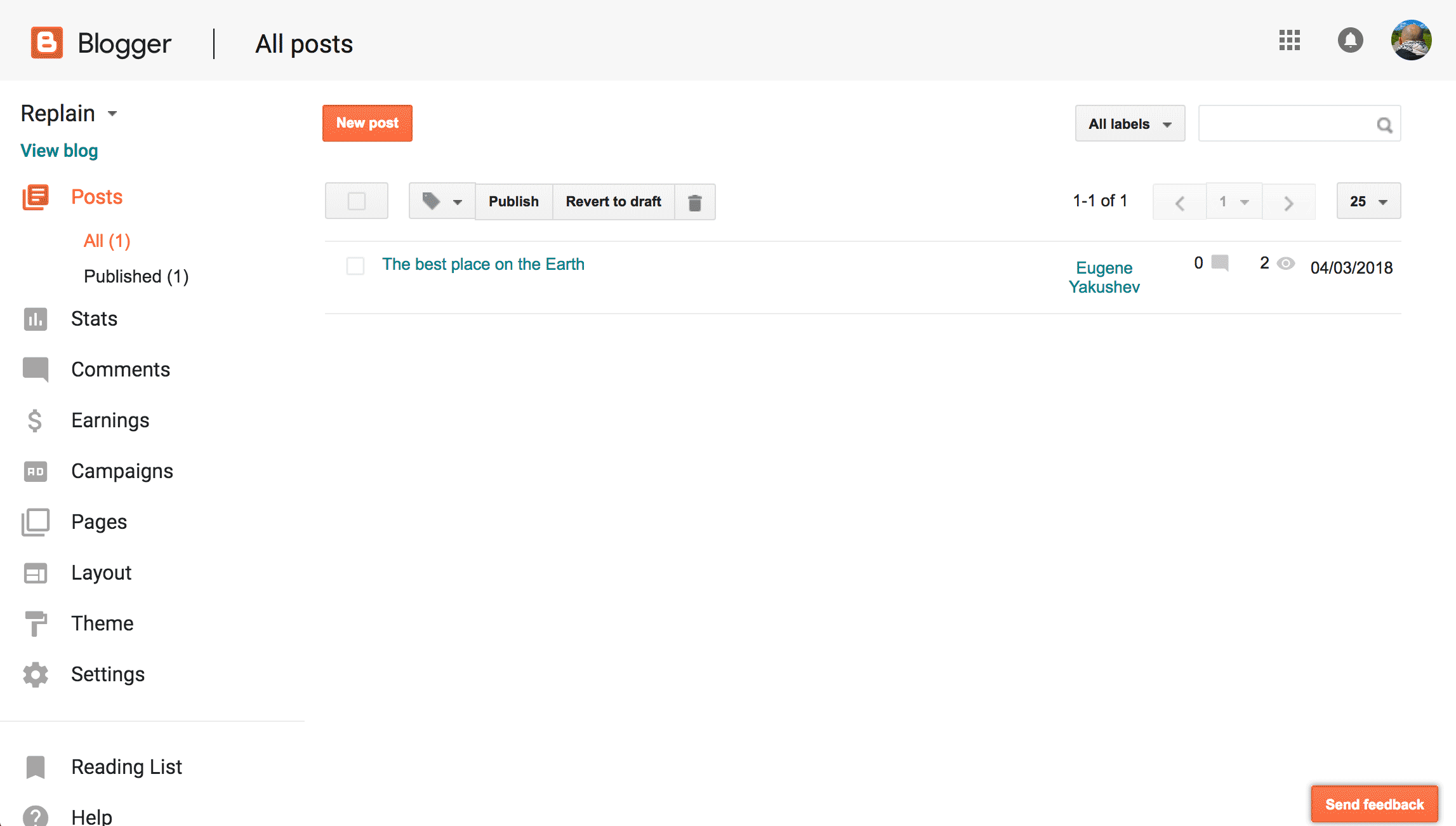

When you don’t include the data (and only pass the url), the request being made is actually a GET request The request function under the urllib2 class accepts both url and parameter. In its simplest form you create a request object that specifies the URL you want to fetch.Ĭalling urlopen with this Request object returns a response object for the URL requested. The Request object represents the HTTP request you are making. The difference in this script is that we use ‘wb’, which means that we open the file binary. With open(file, 'w') as f: f.write(response.read()) # read from request while writing to file
URLLIB GET PLAIN TEXT DOWNLOAD
This small script will download a file from website import urllib2 # Note that the rstrip strips the trailing newlines and carriage returns before # Showing that the file object is iterable

# particularly the headers sent by the server # This returns a dictionary-like object that describes the page fetched, Let’s show another example of a simple urllib2 script import urllib2 The return value from urlopen() gives access to the headers from the HTTP server through the info() method, and the data for the remote resource via methods like read() and readlines().Īdditionally, the file object that is returned by urlopen() is iterable. The remote server accepts the incoming values and formats a plain text response to send back. Note: you can also use an URL starting with "ftp:", "file:", etc.). Response.close() # best practice to close the file Note if there is a space in the URL, you will need to parse it using urlencode. Read the data from the response into a string (html) Place the response in a variable (response)
URLLIB GET PLAIN TEXT HOW TO
This is the most basic way to use the library.īelow you can see how to make a simple request with urllib2. These are provided by objects called handlers and openers. Just pass the URL to urlopen() to get a “file-like” handle to the remote data.Īdditionaly, urllib2 offers an interface for handling common situations – like basic authentication, cookies, proxies and so on. This function is capable of fetching URLs using a variety of different protocols (HTTP, FTP, …) Urllib2 offers a very simple interface, in the form of the urlopen function. Please see the documentation for more information. Urllib provides the urlencode method which is used for the generation of GET query strings, urllib2 doesn’t have such a function.īecause of that urllib and urllib2 are often used together. Urllib2 can accept a Request object to set the headers for a URL request, urllib accepts only a URL. While both modules do URL request related stuff, they have different functionality What is the difference between urllib and urllib2? The magic starts with importing the urllib2 module. It defines functions and classes to help with URL actions (basic and digest authentication, redirections, cookies, etc) Urllib2 is a Python module that can be used for fetching URLs.

HTTP is based on requests and responses – the client makes requests and servers send responses.Ī program on the Internet can work as a client (access resources) or as a server (makes services available).Īn URL identifies a resource on the Internet. Since this is just a simulation,įauxNFSHandler is primed with the name of a temporaryĭirectory where it should look for all of its files.Also, this article is written for Python version 2.x Messages to illustrate where a real implementation would add mount and The FauxNFSHandler and NFSFile classes print encode ( 'utf-8' ) return def get_content_type ( self ): return 'multipart/form-data boundary= '. files = # Use a large random byte string to separate # parts of the MIME data. Import io import mimetypes from urllib import request import uuid class MultiPartForm : """Accumulate the data to be used when posting a form.""" def _init_ ( self ): self.


 0 kommentar(er)
0 kommentar(er)
